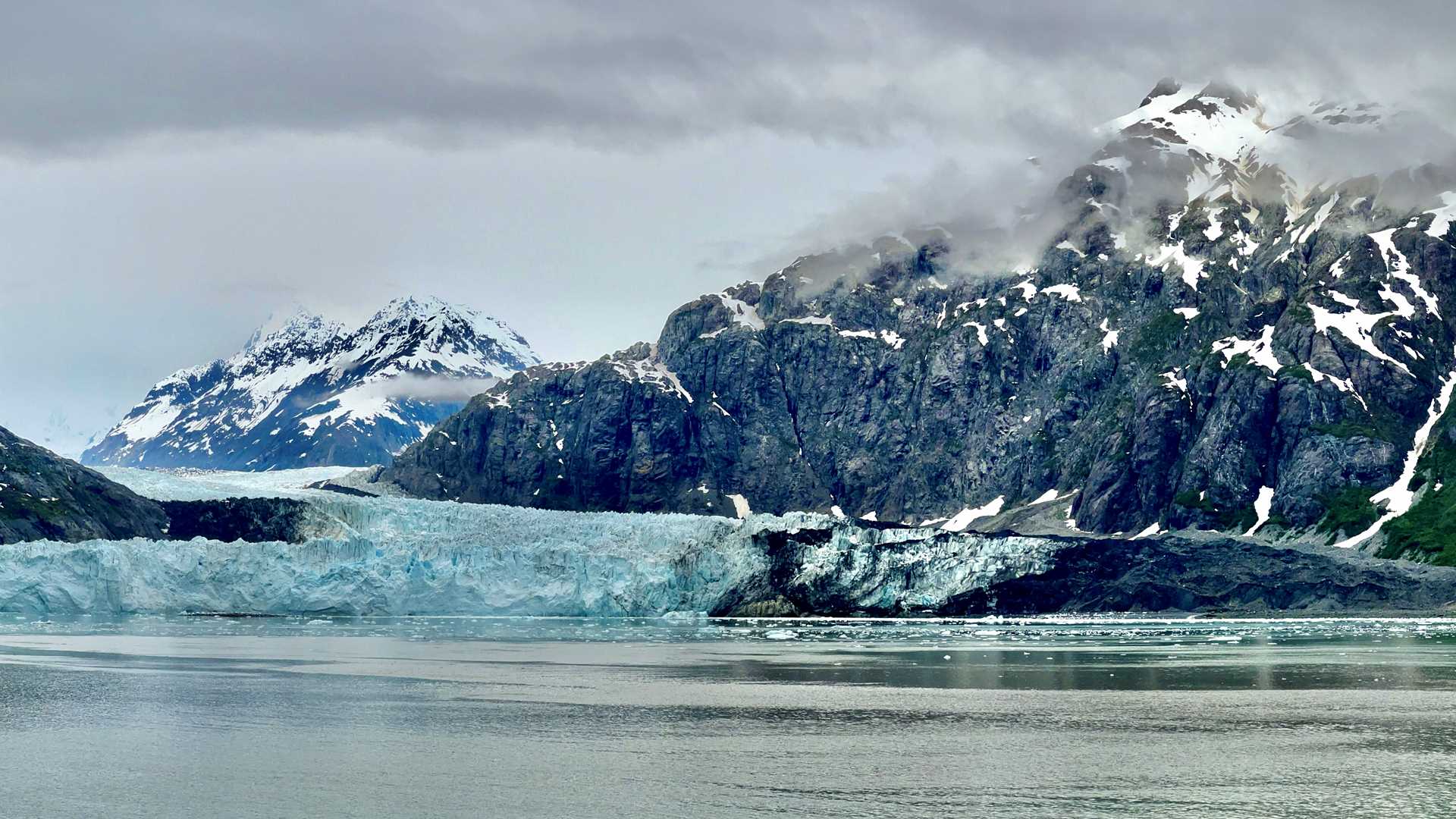Today we explored Glacier Bay, a long and wild embayment running 65 miles into the mainland at the northwestern corner of the Alaska Panhandle. The national park, together with connecting northward parks, preserves, and wilderness in both the US and Canada, comprise a UNESCO World Heritage Site. At 25 million acres, it is one of the largest contiguous wilderness areas on the planet. Formed by repeated advances and retreats of the Grand Pacific Glacier and its tributary glaciers, which are fed by massive ice fields in the surrounding coast ranges, the bay is a terrific area for wildlife and wild landscapes.
6/14/2025
Read
National Geographic Quest
Southeast Alaska
On the last full day of our voyage, we woke in Endicott Arm near the Dawes Glacier. We spent the morning enjoying Zodiac tours to the face of Dawes Glacier and watched multiple calving events. We were also able to spot several harbor seals, waterfalls, and a couple harbor porpoises on the way. After lunch we had the opportunity to participate in a polar plunge. Forty people decided to brave the frigid water for a short swim. Those of us not eager to jump into glacier water were able to watch from the bow. After the polar plunge, we warmed up on board as we started transiting towards Juneau. On the way, we stopped at a beautiful waterfall to once again admire the amazing natural beauty of Alaska. During our farewell recap, we were treated to a quick visit by a humpback whale. We ended our day with a slideshow made up of our favorite photos and memories of an amazing week on board National Geographic Quest .







